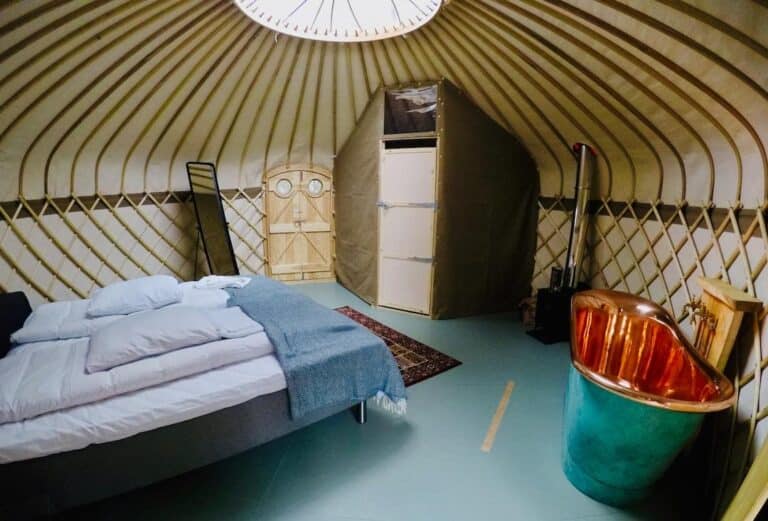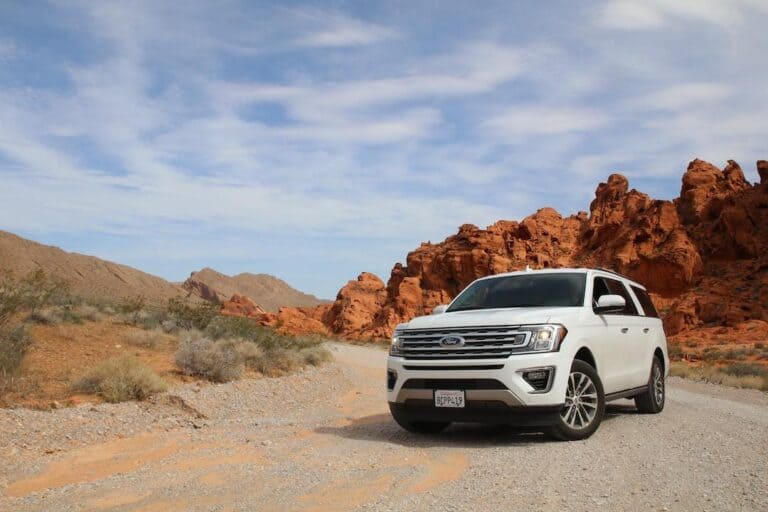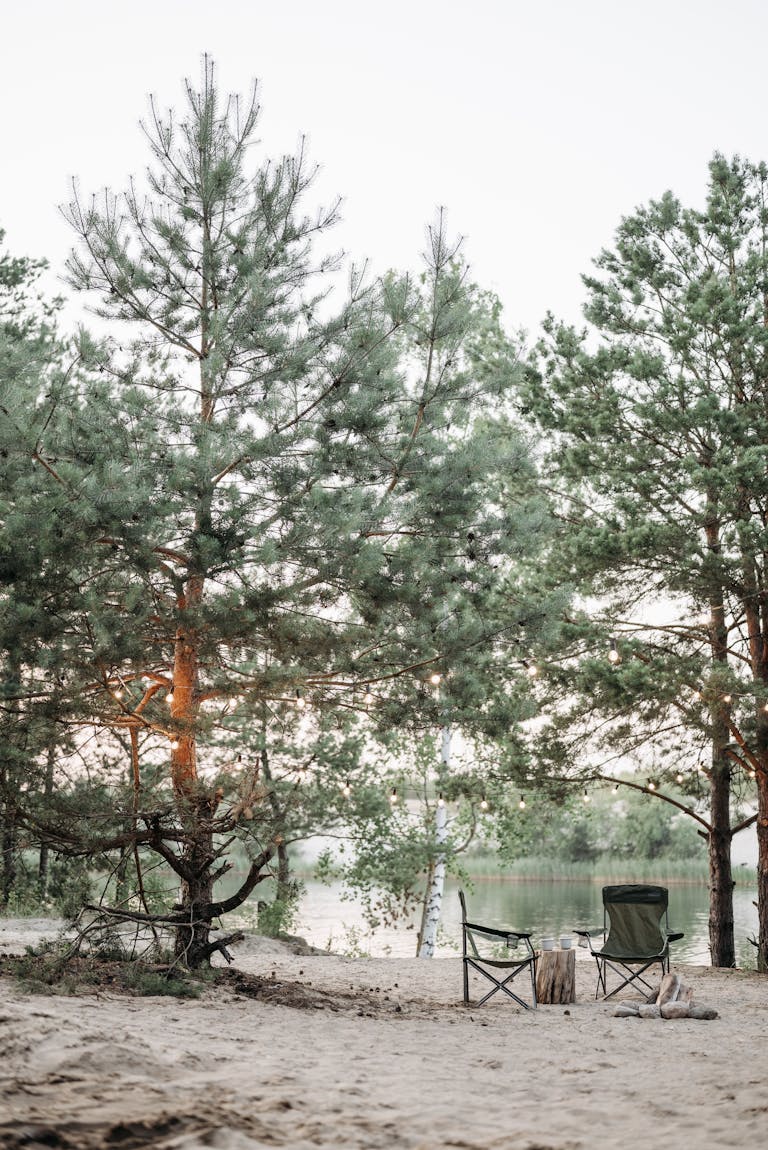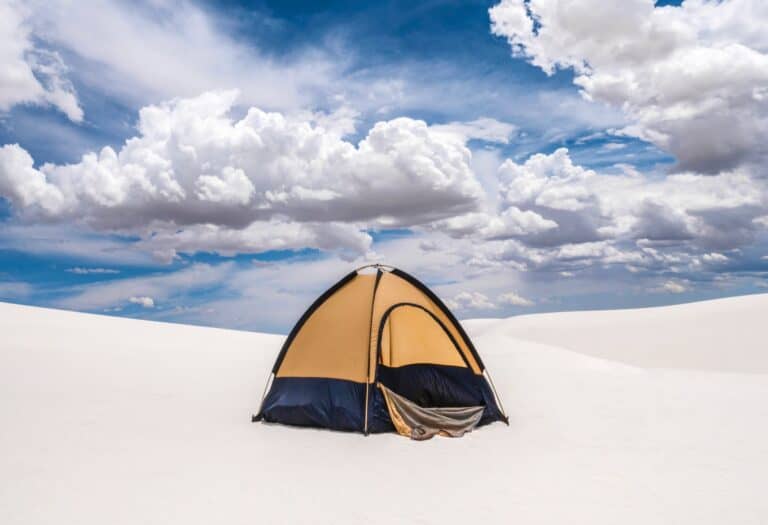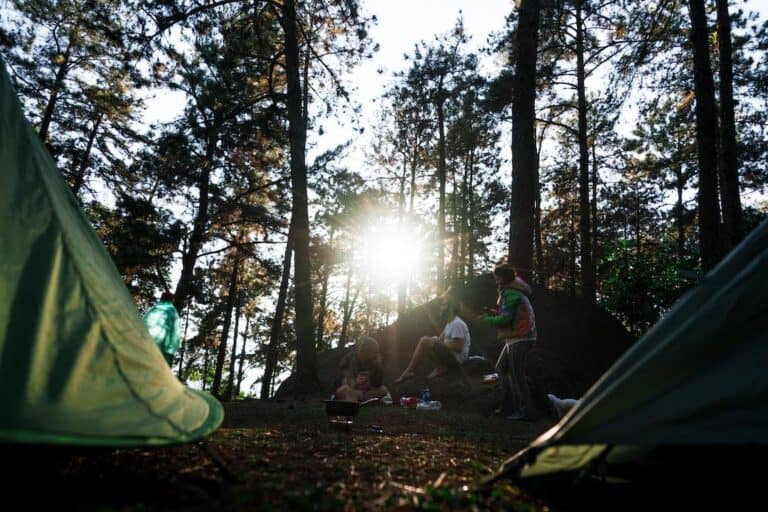What is Stealth Camping? A Guide to Discreet Adventures
If you’ve ever wondered, “What is stealth camping?” this blog post is for you. Stealth camping denotes setting up a temporary, hidden camp where conventional or practical camping may not be allowed. This method enables outdoor enthusiasts to enjoy nature while minimizing their environmental impact.
This comprehensive guide will explore the various aspects of stealth camping, including its benefits and how it helps reduce environmental impact. We’ll also discuss legal considerations such as respecting private property boundaries and understanding local regulations.
Additionally, we will delve into utilizing small RVs for stealth camping by selecting the right vehicle size and blending in with the surroundings. You’ll learn essential campsite selection skills like avoiding wildlife hotspots and practicing Leave No Trace principles. Furthermore, we will share urban stealth camping strategies that involve legal parking in urban areas while minimizing noise and visibility.
Lastly, safety measures are crucial when answering the question, “What is stealth camping?” So, we will cover dealing with authorities if discovered and utilizing online resources for legal overnight RV parking options.
Table Of Contents:
- Table of Contents:
- The Appeal of Stealth Camping
- Solitude in the Great Outdoors
- Reduced Likelihood of Bear Encounters at Night
- Legal Considerations for Stealth Camping
- Utilizing Small RVs for Stealth Camping
- Noise Management and Pet Etiquette
- Good Campsite Selection Skills
- Stealth Camping in Urban Areas
- Legal Alternatives for Overnight RV Parking
- FAQs about What is Stealth Camping
- Conclusion
The Appeal of Stealth Camping
Stealth camping is a popular approach to spending time outdoors that allows individuals to connect with nature more intimately, be alone, and leave a smaller environmental footprint. It involves finding an unestablished wilderness site far from established campsites or parking areas where overnight stays are not explicitly permitted.
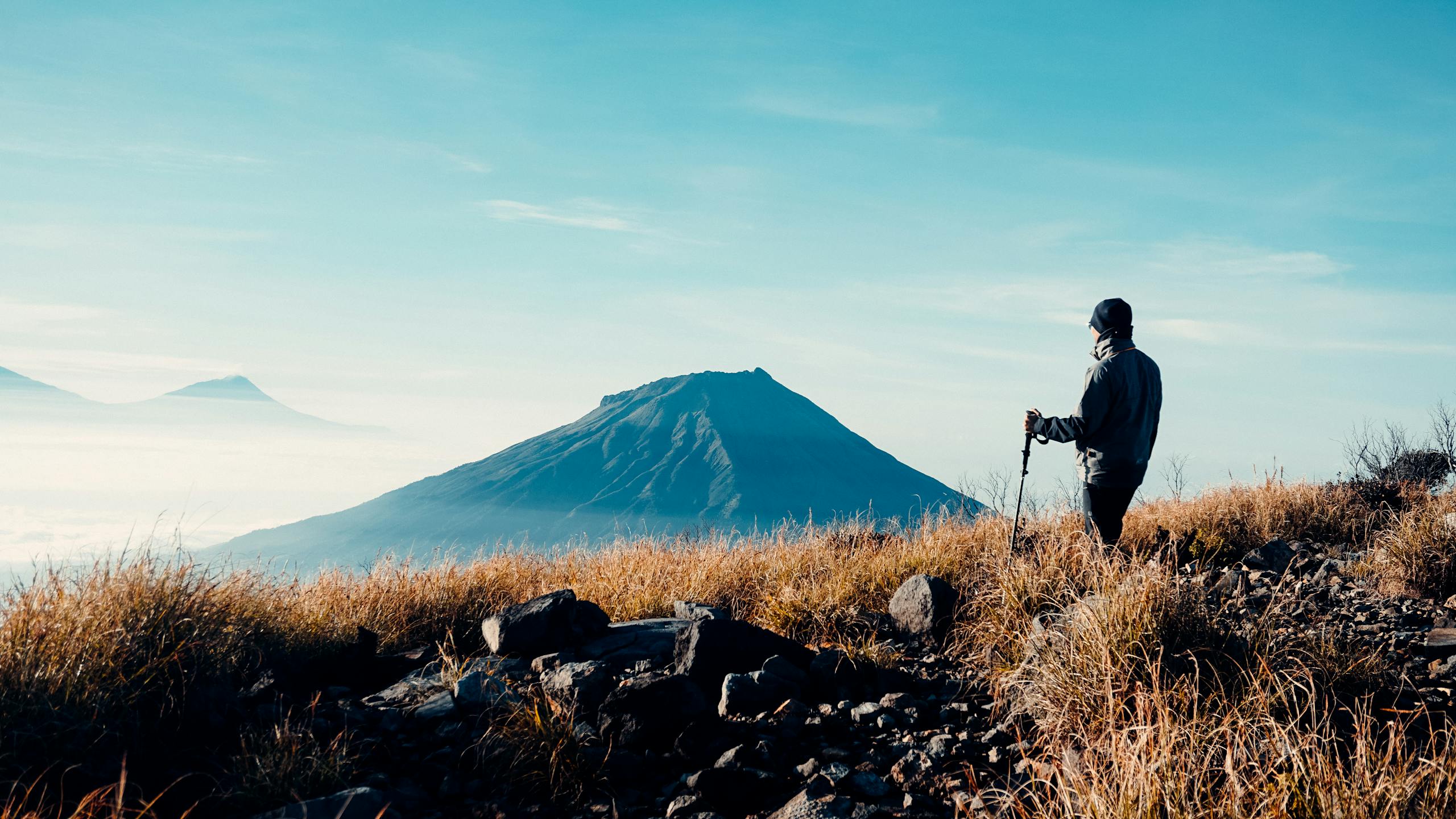
Solitude in the Great Outdoors
One of the main attractions of stealth camping is its opportunity for solitude. By choosing remote locations off the beaten path, stealth campers can enjoy their surroundings without distractions from other campers or noisy facilities often found at traditional campsites. Stealth campers can thoroughly savor nature’s tranquilizing influence, submerging themselves in its serene atmosphere.
Reduced Likelihood of Bear Encounters at Night
- Bear Activity: Since stealth camping typically occurs in less frequented areas, there’s generally a lower risk of encountering bears than in busy campgrounds where food odors attract wildlife.
- Sleeping Bag Safety: When practicing stealth camping techniques like using odor-proof bags for food storage and cooking away from your sleeping area, you minimize the chances of attracting bears while ensuring a comfortable sleep environment free from unwanted visitors.
- Avoiding Plain Sight: Another advantage is that staying out of sight during nighttime hours, when most bear encounters occur, further reduces potential risks associated with these powerful animals roaming nearby.
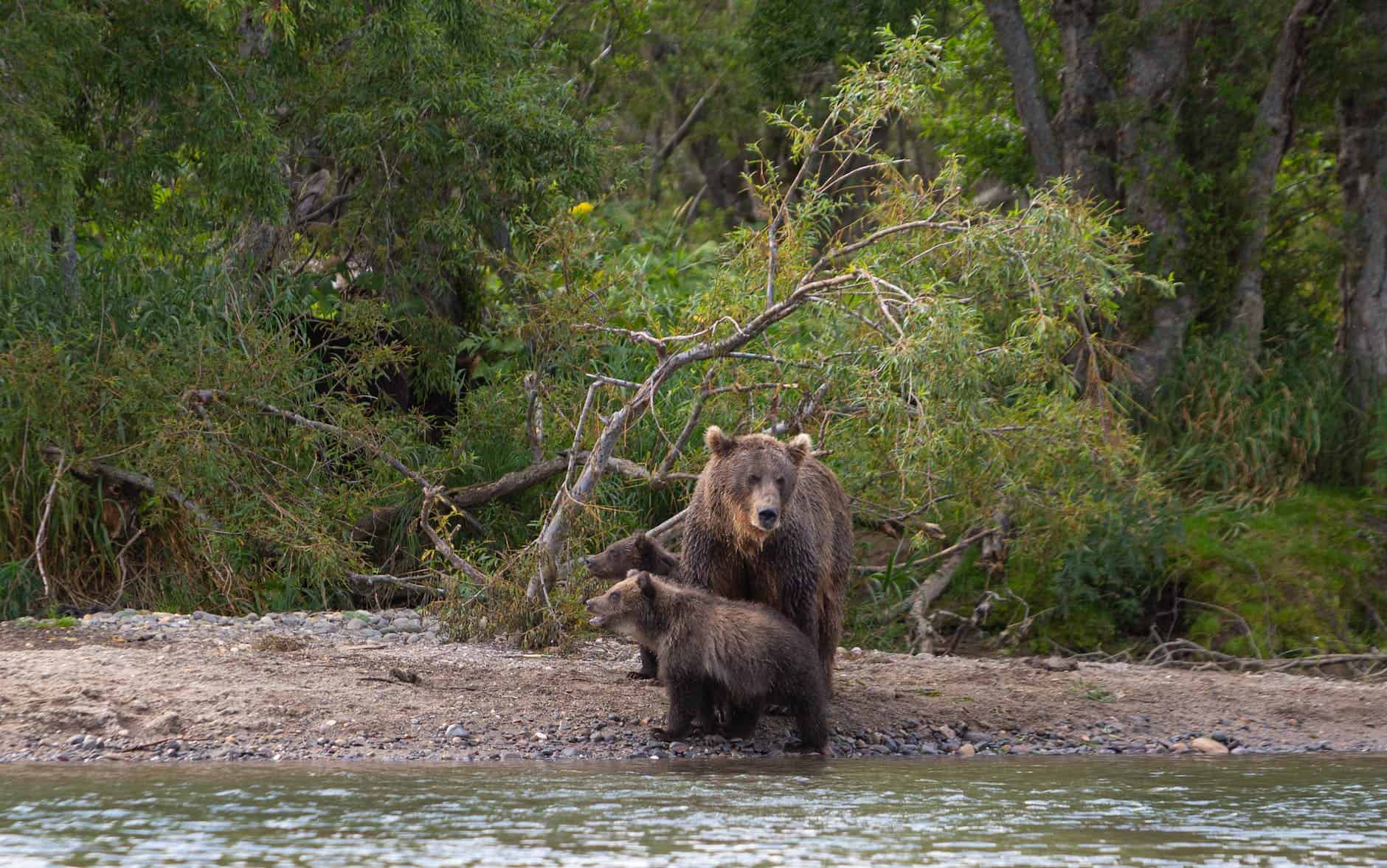
Legal Considerations for Stealth Camping
Stealth camping can be an exciting and adventurous way to experience the great outdoors, but it’s essential to consider legal considerations. To practice stealth camping legally and safely, you must abide by local regulations and avoid trespassing on private property.
Understanding Local Regulations
Different cities, towns, or municipalities have varying parking and overnight stay laws. Before setting up camp in a new area, take the time to research any specific rules that may apply. Websites like FreeCampsites.net, Campendium, or Allstays can provide helpful information about legal campsites nearby. Additionally, ensure no “No Parking” signs are present before settling down for the night.
Avoiding Trespassing on Private Property
- Ask permission: If you’re unsure whether a piece of land is public or private property, ask the owner for permission before setting up camp.
- Stay within designated boundaries: When stealth camping in national parks or other protected areas, stay within designated park boundaries.
- Federal lands: In some cases, wild camping (camping outside established campsites) is allowed on federal lands such as National Forests or Bureau of Land Management (BLM) properties; however, dispersed camping rules vary depending on location, so always check with local authorities first.
By adhering to these guidelines and respecting private property and local regulations, you can enjoy a successful stealth camping experience without legal complications or causing harm to the environment.
Utilizing Small RVs for Stealth Camping
Many people engage in stealth camping using small RVs, which allow them to stay within one city for extended periods without drawing too much attention due to their size. When choosing an RV for this purpose, it’s best to avoid brightly colored paint jobs or conspicuous signage as they attract unwanted attention.
Choosing Inconspicuous Vehicles
Selecting the right vehicle is crucial when planning a successful stealth camp experience. Opt for smaller, less noticeable models like Class B motorhomes or compact camper vans. (Add small cars like the Prius) These vehicles blend seamlessly into urban environments, making finding overnight parking spots that won’t arouse suspicion easier.
Blending into Urban Environments
- Parking: Choose locations where other cars are parked, such as residential streets or commercial areas with overnight parking allowed. Avoid spaces directly in front of homes or businesses that may be more likely to notice your presence.
- Ventilation: Instead of opening exterior windows, consider installing roof vents or skylights on your vehicle for better airflow while maintaining a low profile.
- Curtains & Window Coverings: Use dark-colored curtains or shades on all windows so interior lights don’t shine through at night and give away your location.
- Noise Management: Keep noise levels low by limiting activities inside the vehicle during nighttime hours (see Heading 4).
Incorporating these tips will help you maintain a discreet presence while enjoying the benefits of stealth camping in your small RV. Always be mindful of the regulations in place and considerate of those around you when stealth camping.

Noise Management and Pet Etiquette
When stealth camping, it is crucial to maintain a low profile by keeping noise levels down. This can be achieved by limiting activities that generate excessive sound during nighttime hours, such as watching television or using computers inside your vehicle. Additionally, it’s essential to ensure that pets remain quiet throughout your stay so neighbors don’t become suspicious about any unusual activity occurring nearby.
Maintaining a Low Profile at Campsite Locations
- Choose quiet activities: Read books or play board games instead of watching movies or listening to loud music.
- Avoid slamming doors: Close car doors gently and avoid making sudden noises when setting up camp.
- Use headphones: If you must listen to music or watch videos on your devices, use headphones to keep the noise within your personal space. Check out these top-rated headphones for outdoor enthusiasts.
Ensuring Pets Do Not Disturb Others
Pets are often welcome companions on camping trips; however, they should also adhere to proper etiquette while stealth camping. Here are some tips for managing pet behavior in order not to disturb others around you:
- Barking control: Train your dog not to bark excessively with techniques like positive reinforcement and distraction. If necessary, consider investing in an anti-bark collar.
- Sleeping arrangements: Create a comfortable sleeping area for pets inside the vehicle so they feel secure and are less likely to make noise at night.
- Exercise: Ensure your pets get plenty of exercise during the day to help them sleep better at night. This will also reduce their energy levels and minimize any disruptive behavior.
Practicing noise management and proper pet etiquette allows you to enjoy a peaceful stealth camping experience without drawing unwanted attention or disturbing nearby residents.
When stealth camping, it’s essential to keep noise levels down and ensure that pets remain quiet. Opt for quiet activities like reading or playing board games, close car doors gently, use headphones when listening to music or watching videos, train your dog not to bark excessively, and create a comfortable sleeping area inside the vehicle. Following these tips, you can enjoy a peaceful stealth camping experience without drawing unwanted attention or disturbing nearby residents.
Good Campsite Selection Skills
Practicing good campsite selection skills helps you find suitable locations while avoiding areas with high bear activity or game trails known for human presence in recent times. Pack out all garbage and used toilet paper to maintain the pristine nature of these hidden gems.
Avoiding High Bear Activity Areas
To minimize the risk of encountering bears, it is crucial to select a campsite away from known bear habitats. Look for signs such as claw marks on trees, scat, or tracks that indicate their presence. Additionally, avoid camping near food sources like berry patches or fish-bearing streams, where bears are likely to be attracted.
Leaving No Trace Behind
To preserve the natural beauty of your stealth camping spot and reduce your environmental impact, follow the principles of Leave No Trace (LNT). Some critical LNT practices include:
- Packing out all trash and leftover food items.
- Cleaning up after pets involves removing waste properly.
- Biodegradable soap should be used when washing dishes or for personal hygiene needs, at least 200 feet away from water sources.
- Selecting durable surfaces for setting up tents and other gear so as not to damage vegetation or wildlife habitat.
Note: Always research local regulations regarding dispersed camping before heading out. It may be prohibited in some areas due to ecological concerns or land management policies. Stay informed about any restrictions by checking with local authorities such as the U.S. Forest Service or Bureau of Land Management.
Stealth Camping in Urban Areas
When stealth camping in urban areas or cities, it is essential to park legally and avoid interacting with locals or neighbors as much as possible. This helps maintain a low profile and reduces the chances of drawing unwanted attention to your campsite. This section will discuss some tips for successful urban stealth camping.
Legal Parking Practices
Parking legally is crucial when engaging in stealth camping. Ensure you abide by local parking regulations and look for any “No Parking” signs before settling for the night. Be conscious of the area’s overnight parking regulations before deciding on a place to leave your car.
Minimizing Interaction with Locals
To keep a low profile while stealth camping, try not to interact too much with locals or neighbors. This includes avoiding asking permission from property owners if you are unsure about the legality of parking at their location. Instead, consider using resources like FreeCampsites.net, Campendium, iOverlander, or other online tools that provide information on legal campsites within city limits.
- Ventilation: Consider alternative ventilation options like roof vents or skylights instead of exterior windows. Install window deflectors, also called rain guards.
- Inconspicuous Vehicle Appearance: Limit bright colors on your vehicle’s exterior and remove any conspicuous signage that may attract attention.
- Noise Management: Reduce noise levels by not watching television or using computers inside your vehicle at night without headphones.
By following these tips and practicing responsible stealth camping, you can enjoy a unique urban camping experience while minimizing the impact on local communities. Remember, stealth camping is illegal in all areas, so constantly research and avoid camping in plain sight. Other terms for stealth camping include wild camping and dispersed camping. If you are looking for free campsites, check out resources like FreeCampsites.net. A comfortable sleeping area is essential for a good night’s rest, so bring a sleeping bag and other necessary camping gear when it’s time to break camp, leave no trace, and pack out all of your trash. Finally, be aware of bear activity in the area and take necessary precautions to avoid unwanted encounters.
Legal Alternatives for Overnight RV Parking
Legal alternatives are available if you are new to stealth camping or concerned about safety issues surrounding this activity. These options allow you to stay comfortable while abiding by local laws and respecting the environment around you.
Utilizing Online Resources for Legal Campsites
Finding suitable locations for overnight RV parking can be made more accessible with the help of online resources. Websites such as FreeCampsites.net, Campendium, Allstays, and the ONP app offer free information on campsites where one can legally park their vehicle without worrying about trespassing or breaking any rules. Using these platforms, campers can find dispersed camping spots, established campgrounds offering free stays, and even places like Walmart parking lots that permit overnight parking.
Respecting Local Laws and Environments
- Park Legally: Always ensure that your chosen spot complies with local regulations regarding overnight parking. This may include checking for “No Parking” signs or researching specific city ordinances before settling for the night.
- Maintain a Low Profile: Even when staying at legal campsites, it’s essential to blend in with your surroundings by keeping noise levels low, avoiding bright colors on your vehicle, and minimizing interaction with locals.
- Leave No Trace: As responsible outdoor enthusiasts who love spending time outdoors, making memories camping, and participating in activities like wild camping or dispersed camping, you should always follow Leave No Trace principles. This includes packing out all garbage, used toilet paper, and other waste to maintain the pristine nature of these hidden gems.
FAQs about What is Stealth Camping
Stealth camping is an outdoor overnight stay in which campers aim to remain unnoticed and have a minimal environmental impact. This type of camping often involves setting up a temporary campsite in remote or urban areas, blending into surroundings, and practicing Leave No Trace principles.
Is stealth camping illegal in the US?
In some cases, yes. Stealth camping legality varies depending on location and land ownership. It’s generally prohibited on private property without permission from the owner and may be restricted in certain public lands like national parks or city parks. Always research local regulations before attempting stealth camping.
What happens if you are caught stealth camping?
If caught while stealth camping illegally, consequences can range from being asked to leave immediately to receiving fines or facing legal charges. However, maintaining respectful behavior towards authorities can help mitigate potential penalties.
What is stealth hiking?
Stealth hiking, or “ninja” hiking, refers to backpacking through wilderness areas with minimal visibility using camouflage clothing, gear, and quiet movement techniques. The goal is similar to traditional stealth camping: reducing environmental impact while remaining discreet during travel.
Conclusion
It’s a way of camping without being noticed, typically in urban or suburban areas where traditional campsites are unavailable. This type of camping has become a popular option among those who love the liberty and versatility it brings.
In this article, we have covered some of the benefits and legal considerations of stealth camping and strategies for selecting a campsite and staying safe. We have also discussed how small RVs can be used for stealth camping and provided tips on blending in with your surroundings to avoid detection.
Whether you’re an experienced camper or new to the outdoors, this guide to what is stealth camping can open up new opportunities for adventure and exploration. Proper planning and consideration for local regulations allow you to enjoy all that nature offers while minimizing environmental impact. You may also want to check out our guide to overnight parking if you intend to stealth camp in your car.



